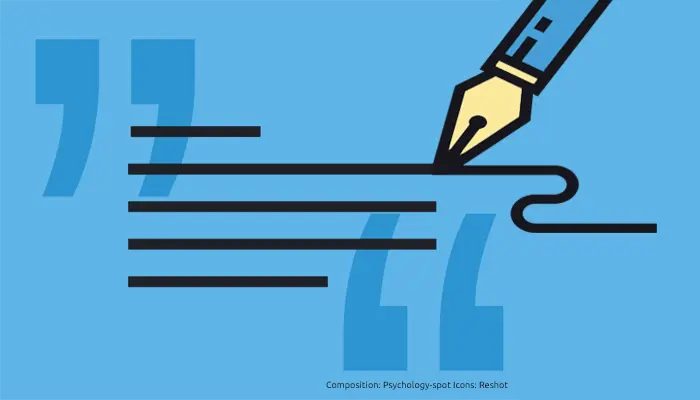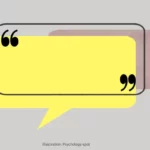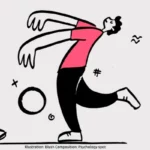
Dysgraphia is a functional disorder that affects the quality of a person’s writing, mainly with regard to layout. To understand this disorder we must start from the fact that writing has three basic symbolization processes:
1. The use of phonemes as conventional auditory symbols
2. The use of graphic signs corresponding to the phonemes
3. The motor movements that lead to the tracing of signs
It is precisely this third component that is affected in people with dysgraphia.
In theory, the movements inherent to writing should be consolidated to the same extent that the central and peripheral nervous system matures. That is, with the development of the child, since he or she gains muscle tone and visual-spatial coordination.
For the child to develop correct writing, it is necessary that he or she possess a series of basic skills such as: general psychomotor skills (capacity for inhibition, neuromuscular control, segmental independence, eye-hand coordination and spatio-temporal organization); functional coordination of the hand (hand-arm independence of the fingers, coordination of grip and pressure) as well as correct and well-established neuromotor habits (left-right vision and transcription, habitual rotation of the hand, correct maintenance of the pencil) .
To achieve correct handwriting, the child must find his or her own postural balance, the least tense and tiring way to hold the pencil, orient himself in the space on which he is going to write and associate the image of the letter with corresponding sounds and rhythmic gestures. As you can imagine, it is a fairly complex process. And this is also why the diagnosis of dysgraphia is not made at an early age of development.
Precisely because dysgraphia is closely related to motor control, it is influenced by many factors such as incorrect posture, inadequate support for writing, deficiencies in grip and pressure, or a writing pace that is too slow or excessive.
What is dysgraphia and how is it appreciated?
Beyond the diagnostic criteria, you can tell that your child has dysgraphia if:
– The size of the letters is excessively large or very small
– The shape of the letters is distorted
– There is an appreciable inclination both at the line level and at the letter level
– The space between letters and/or words may be too large or too close together. In this way, the letters seem detached from each other
– The type of stroke is inappropriate, either because it is very soft and barely noticeable or because it is too thick
Finally, it is worth clarifying that there are also what are known as acquired dysgraphias. They are those that develop as a result of a brain injury. In many of these cases, not only is the line altered but letters and words are also omitted during writing.
Reference:
Rivas, RM & Fernandez, P. (1994). Dyslexia, dysorthography and dysgraphia. Barcelona: Pirámide Editions.




Leave a Reply